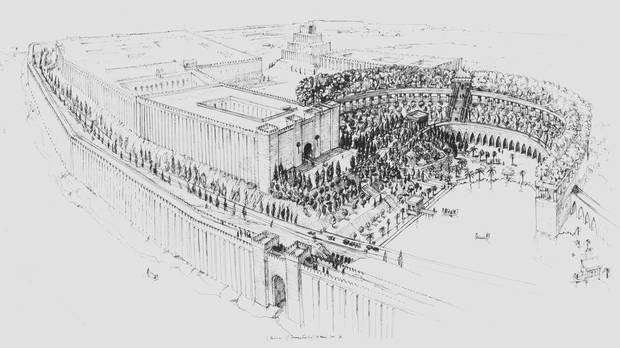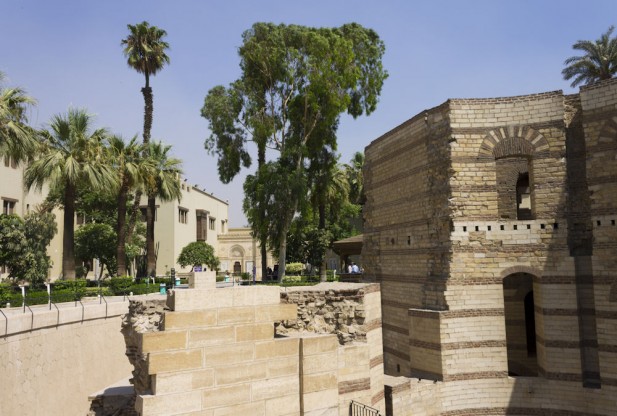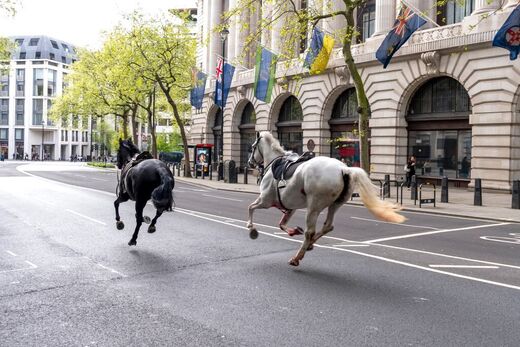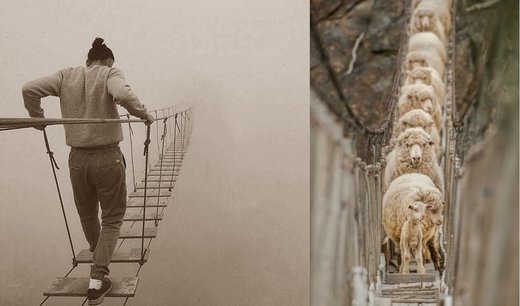For centuries, historians, archaeologists and others have imagined what the Hanging Gardens may have looked like and several artists, most notably Dutch artist Maarten van Heemskerck in the 16th century painted his concept of the Gardens, complete with the Tower of Babel in the background.
Now, a historian with Oxford University may have cracked the case wide open, potentially solving centuries-old theories of the Hanging Gardens.
Dr. Stephanie Dalley, of Oxford's Oriental Institute, said the fabled Hanging Gardens of Babylon were not actually located in Hillah and were not built by King Nebuchadnezzar of Babylon. In fact, she says the site was not even in Babylon at all, but rather 300 miles north in Nineveh, and built by the Assyrian ruler Sennacherib.

Pouring over historical documents and descriptions of the legendary Gardens, Dalley has discovered that a nineteenth century bas-relief from Sennacherib's palace in Nineveh showed trees growing atop a colonnade exactly as described by earlier accounts. She also found evidence that the Assyrian capital became known as 'New Babylon' after Assyria conquered Babylon in 689 BC. Dalley also uncovered several places in the region that were known by the name Babylon.
She also uncovered evidence that after the successful invasion of Babylon, the gates of Nineveh were renamed for those traditionally used for Babylon's city gates. Furthermore, through geographical assessments of the flat land surrounding Babylon, it would have been impossible for a water delivery system to be implemented in that region. And Dalley found descriptions of the Gardens that were written by historians who actually had visited the Nineveh region, making it more likely that the Hanging Gardens actually existed in Nineveh.

Dalley told David Keys of The Independent that it has "taken many years to find the evidence to demonstrate that the gardens and associated system of aqueducts and canals were built by Sennacherib at Nineveh and not by Nebuchadnezzar in Babylon."
"For the first time it can be shown that the Hanging Garden really did exist," she added.
Dalley noted that a German team spent nearly 20 years last century looking for remnants of the Hanging Gardens, but never found a single clue confirming that Nebuchadnezzar built the site in Babylon. "To their dismay, they could not find any possible location with enough space in the vicinity of the palaces, nor did they dig out any written confirmation from the many texts they unearthed," Dalley remarked in a statement to The Telegraph.
In the end, Dalley concludes that the Hanging Gardens were built in a different century, in a different location, and by a different king leading a different civilization.




Reader Comments
to our Newsletter